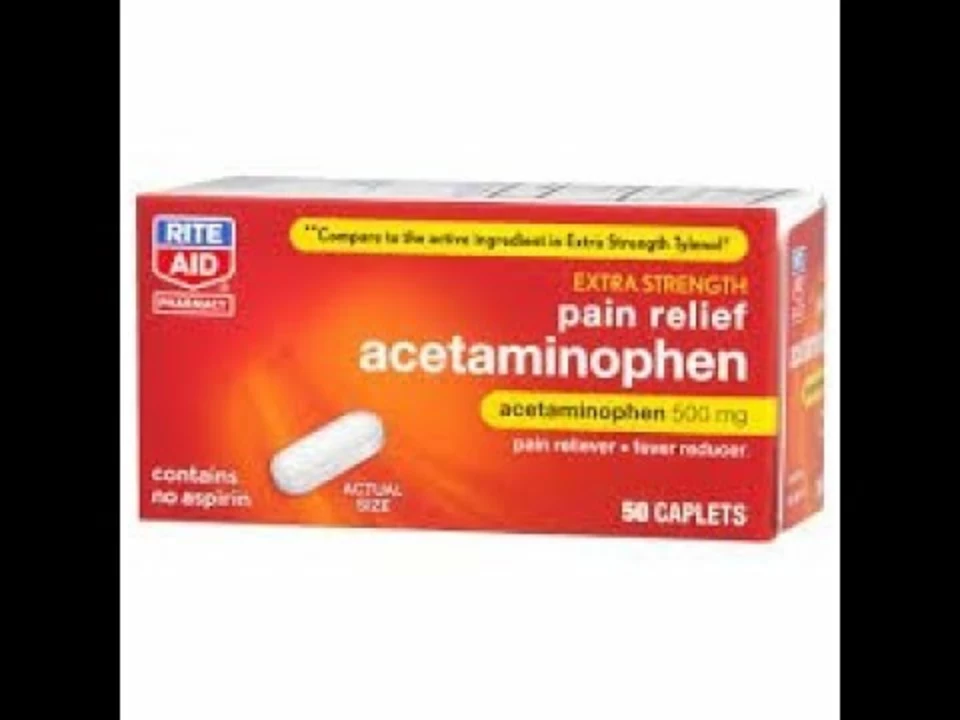Acetaminophen: Uses, Safe Dosing, and Smart Tips
Acetaminophen — chances are it's in your medicine cabinet. You know it as Tylenol and in many generic brands. It lowers fever and eases pain, and it's safe when used correctly. Read on for clear dosing rules, common risks, interactions to watch for, and quick tips you can use today.
What it treats: Acetaminophen reduces pain and fever but does not treat inflammation the way ibuprofen or naproxen do. People use it for headaches, toothaches, back pain, muscle aches, and fevers in children and adults. Many combination cold or opioid products contain acetaminophen, so double-check labels before taking another medicine.
How to dose it safely
Adults: common doses are 325 to 1000 mg every 4 to 6 hours as needed. Do not exceed 3000 to 4000 mg in 24 hours; staying under 3000 mg daily is safer for long-term use. If you have liver disease or drink alcohol regularly, talk to your doctor — your safe limit may be lower or the drug may be avoided.
Children: dose by weight, typically 10 to 15 mg per kg every 4 to 6 hours, with a maximum of five doses in 24 hours. Always use the measuring syringe or cup that comes with the product. Never guess doses from kitchen spoons.
Interactions, risks, and who should be careful
Watch out for other products labeled APAP, acetaminophen, or Tylenol — adding two products can cause accidental overdose. People on warfarin should mention acetaminophen to their doctor because it can affect bleeding tests at high doses. Heavy drinkers and those with liver disease face higher risk of liver injury. Pregnant people should check with a clinician for personalized advice.
Common side effects are rare at correct doses, but an overdose can cause severe liver damage. Early signs include nausea, vomiting, sweating, and belly pain. Symptoms of liver injury like jaundice or dark urine may appear later.
If you suspect an overdose, call emergency services or your local poison control center right away. The antidote, N-acetylcysteine, works best when given early.
Smart daily habits: keep a dose log or set phone reminders, avoid taking multiple medicines that contain acetaminophen, and use the smallest effective dose for the shortest time. For persistent or severe pain, or if fever lasts more than 72 hours, see a healthcare provider. For kids, always confirm dosing with weight and a reliable source.
Practical examples: If you take a cold syrup that lists 325 mg acetaminophen per dose and you also take a 500 mg tablet, track the total. For a 70 kg adult, a single 1000 mg dose is common but avoid repeating too soon. Before surgery, tell the surgical team about acetaminophen use. If you drink alcohol often, ask your doctor about safer pain options. When in doubt, call your pharmacist—they can check drug combos quickly.
Use the lowest effective dose every time.
Want more clear drug info? Visit PharmRx-1: Your Comprehensive Pharmacy Guide for practical articles and easy-to-follow advice on medicines, safety, and alternatives.
Aleve (Naproxen) vs Other Pain Relievers: Benefits, Risks & Best Alternatives
Compare Aleve (naproxen) with top OTC pain relievers, see efficacy, side‑effects, and when to choose each alternative.
Acetaminophen and your veins: What you need to know
Acetaminophen is a common over-the-counter pain reliever that many of us use regularly. However, it's crucial to understand how it affects our veins to ensure our safety while using it. In my latest blog post, I discuss the potential side effects of acetaminophen on our veins, including the possibility of blood clots and damage to our vascular system. I also cover important precautions to take when using this medication, like checking for any drug interactions and following the recommended dosage. The information provided will help you make informed decisions about using acetaminophen to manage pain while protecting your veins' health.


